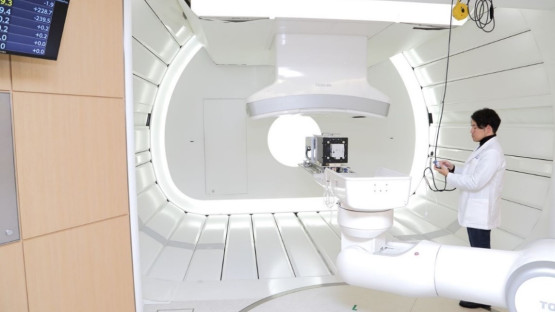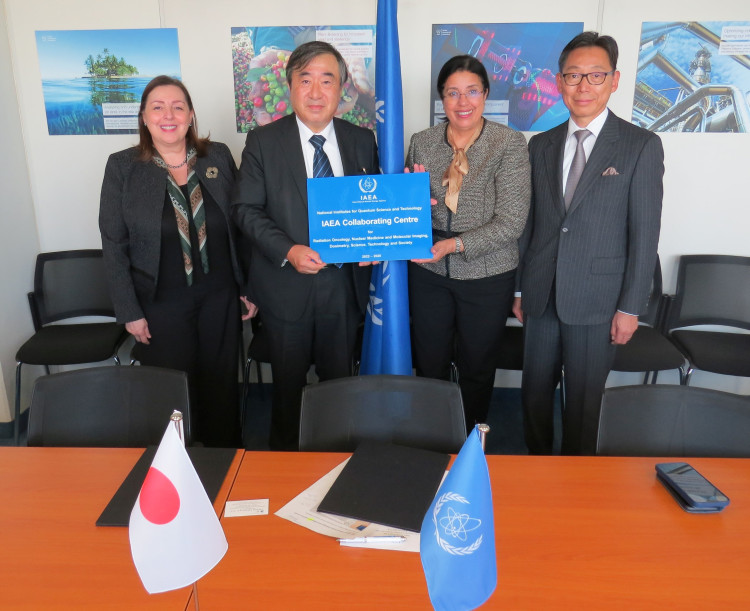Building on the continued cooperation with Japan’s National Institutes for Quantum Science and Technology (QST), the IAEA has redesignated QST as a Collaborating Centre until 2026 for radiation oncology, nuclear medicine and molecular imaging, dosimetry, and science technology and society.
By promoting collaboration among researchers across a broad range of fields, including medicine, biology, physics, engineering and chemistry, QST had been a driving force for the advancement of radiological sciences.
Committed to training and educating future professionals in the field, it had also been closely working in various ways with international organizations, particularly the IAEA, including through hosting training courses held under the Regional Cooperative Agreement for Research, Development and Training Related to Nuclear Science and Technology for Asia and the Pacific (RCA), accepting IAEA fellows and sending experts to relevant IAEA technical meetings.
First designated an IAEA Collaborating Centre in 2006, QST had so far offered specialized events on topics, such as biological effects of low dose radiation, radiobiology, and charged particle therapy and molecular imaging.
“By redesignating QST as an IAEA Collaborating Centre, we aim to enhance Member States’ development in cancer management related fields, by helping them establish sustainable technologies,” said Najat Mokhtar, IAEA Deputy Director General and Head of the Department of Nuclear Sciences and Applications, during the redesignation agreement signing ceremony held on the sidelines of the IAEA’s annual General Conference in September. “We look forward to QST’s continued support to IAEA initiatives and research activities.”
Since September 2017, QST has also been serving as an IAEA Capacity Building Centre for cooperation in the area of emergency preparedness and response, under a practical arrangement with the IAEA.
“QST has 16 years of experience as an IAEA Collaborating Centre since the predecessor, the National Institute of Radiological Sciences NIRS, was designated as the first one in Japan in 2006,” said QST Managing Director Dr. Takashi Nakano. “With each renewal of the designation, the collaboration has become deeper and broader, and many accomplishments have been achieved in nuclear applications for human health. Without stopping this momentum, we would like to contribute to human resource development in the broader field of nuclear applications.”
IAEA Collaborating Centres
To promote the use of nuclear technologies, the IAEA collaborates with designated institutions around the world. Through the Collaborating Centres network, these organizations assist the IAEA by undertaking original research and development and training relating to nuclear science, technologies and their safe and secure applications. There are currently 58 active IAEA Collaborating Centres in 36 countries, working on helping IAEA Member States reach the United Nations Sustainable Development Goals.






